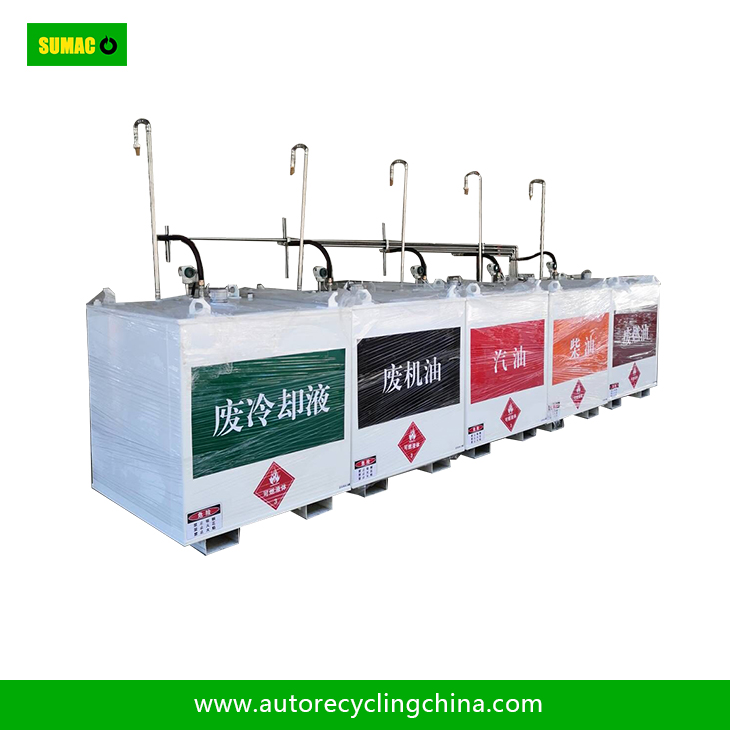1. Appearance and structure
Surface quality: The surface of the firebreak should be flat, without obvious cracks, honeycombs, pockmarks and other defects. The color of the embankment is uniform and there is no obvious color difference.
Wall structure: The wall should be vertical, and the inclination deviation should not exceed the design requirements. The height of the firebreak should meet the design requirements, and the allowable deviation is generally ±50mm. The width of the top of the embankment should be uniform, without obvious differences in width and narrowness.
Dike connection: The connection between the fire dike and the tank foundation, the pipe wall and other parts should be firm, without looseness or leakage. The setting of expansion joints and settlement joints should meet the design requirements, and the filling materials in the joints should be full, uniform and well sealed.
2. Materials and performance
Material quality: Fire dike construction materials such as cement, sand and gravel, steel, and waterproof materials should have quality certification documents, and their performance indicators should meet the design and relevant standard requirements. For example, the strength grade of concrete should meet the design requirements, and the test results of the compressive strength of the test block should be qualified.
Anti-seepage performance: The anti-seepage performance of the fire dike is crucial. Through water injection tests or other professional testing methods, the leakage of the dike body is detected. Within the specified time, the water level drop in the dike should not exceed the allowable value to ensure that there is no leakage.
3. Ancillary facilities
Drainage system: The drainage system in the fire dike should be unobstructed, the rainwater discharge outlet should be reasonably set, and there should be measures to prevent diesel from leaking out of the fire dike. The drainage valve should be flexible and well sealed.
Fire dike door: The material and specifications of the fire dike door should meet the design requirements, and it should be flexible to open and close tightly, which can effectively prevent diesel leakage.
Signs and signs: The fire dike should be equipped with obvious signs and signs, such as warning signs, oil product signs, etc. The signs should be clear and eye-catching and meet the requirements of relevant safety standards.

